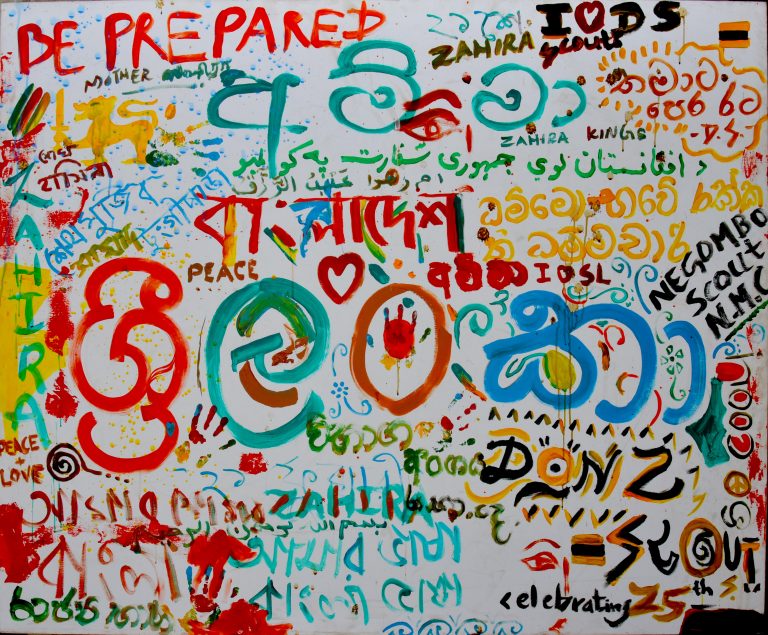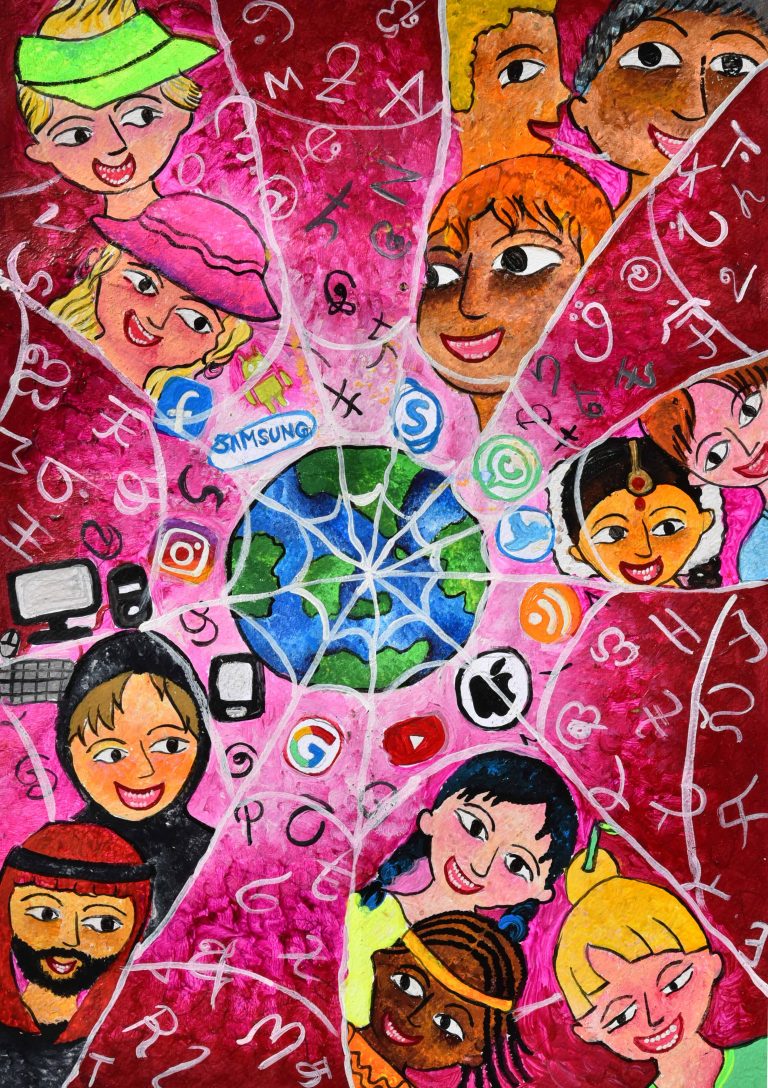By Riaz Hamidullah
Colombo, February 24 (United Nations-Sri Lanka): “One fine morning in May 1997, I was standing in front of an elevator in a hotel in Istanbul. As I pressed the button to ask for the elevator, it flashed and read, “mesgul”. I ask a nearby local, “what does ‘mesgul’ mean?” “Busy”, the man pronounced the word in Turkish and explained. I paused: that is exactly the same meaning for the Turkish word in Bangla!
So, how and when did ‘mesgul’ travel all the way from Turkey to present-day Bangladesh?
Hundreds of words actually travelled a long distance over centuries and have quietly become Bangla words today. Same holds true for many proverbs, phrases and idioms from many other languages and lands. A most plausible explanation behind this quiet journey is the engagement of rulers – traders – poets – litterateurs through whose expressions came these words and expressions – which in time became a part of the everyday Bangla vocabulary very much.
Hundreds of words from Japanese, Portuguese, Persian etc have become part of everyday Bangla vocabulary. As much as Bangla, the same should hold true for scores of other languages – worldwide.
That is why, every language is deemed as a ‘living’ or dynamic space. It is my modest opinion that a language is enriched by its ability embrace and organically assimilate ‘foreign words’. A credible example is the way the Oxford Dictionary recognizes hundreds of ‘foreign’ words into the English language each year.
As we continue to debate over ‘identity’, my friends keep reminding me of assimilation of ‘language’ and ‘identity’, for instance in New York. In different New York neighbourhoods – a visitor is greeted by an increasing number of signposts in Hispanic, Bangla, Punjabi etc. This gives comfort to native speakers and more importantly such signpost, in one’s language, accords dignity and recognition to the person. It’s a part of the natural evolution of a pluralistic space.
Multi-culturalism and multi-lingualism are just accepted facts of contemporary living. Therefore, we should teach our children and youth to appreciate and embrace it in everyday living. It is critical to learn how to respect others, their languages, their traditions, their beliefs and live in ‘shared spaces’.

A society can thrive by respecting and managing diversity. There is just no way but to celebrate diversity and live together. History tells, as indeed had been the case in the Language Movement in present-day Bangladesh back in February 1952, that one language must not be seen through any divisive prism. Every individual stands tall by championing the creations of all other languages. UNESCO keeps reminding us that the world has 7,000+ languages. While many of those face existential challenge today, we are also reminded that there is no hierarchy among our languages. That every language is beautiful in its own way.
It has been five years that the world has the Sustainable Development Goals. The Agenda is largely about liberating an individual’s choices and opportunities, in every possible way. There is an overwhelming emphasis across the Agenda 2030 to get pluralism, harmony, peace and stability right; specifically across SDG 16 (peaceful and inclusive societies, rule of law and justice) or SDG 10 (inequality) or SDG 8 (inclusive and sustainable economic growth). For any society to accomplish ‘inclusion’ across social, environmental and economic dimensions of development, all our nations need to ensure that individual and collective ‘prosperity’ is shared. In carving a sense of togetherness, one cannot but recognize centrality of languages. It is just not for creating social cohesion, but to create mutual trust and respect among people of every other ethnicity, whichever language s/he speaks or faith s/he subscribes to.
As a practical endeavour to recognize the centrality of languages in social cohesion the Bangladesh High Commission in Sri Lanka chose International Mother Language Day to reach out to adults and children alike with creatively-crafted messages passed on through outdoor art activities. In 2020, building on earlier experience, with the Sri Lankan Ministry of Education and the UN in Sri Lanka we rolled out an island-wide Creative Arts competition on “Language for Unity”. As much as the theme holds significance for Sri Lanka, it also underlines the universality and criticality of mother language(s) for sustainable development for every individual.

While assessing hundreds of heart-warming paintings submitted by Sri Lankan children for this year’s Competition, I profoundly felt that by looking at ay piece of art it’s just futile to think if it as being created by a Singhalese or Tamil or Burgher or a Malaya child! All were just by Sri Lankan children. That is how our mother languages can wonderfully and quietly unify us. That is indeed what our leaders also aspired for all of us to realize the Agenda 2030 for Sustainable Development.
Ultimately, we all stand to gain by celebrating the languages of ‘others’ and the manifold heritage associated with language. Let us therefore see our mother languages as opportunity and an opportunity and not a challenge.
(Riaz Hamidullah is High Commissioner of Bangladesh in Sri Lanka and the spirit behind the celebration of the International Mother Language Day through music, painting and essay writing expressing thoughts on the mother language and the unity of languages)


























































